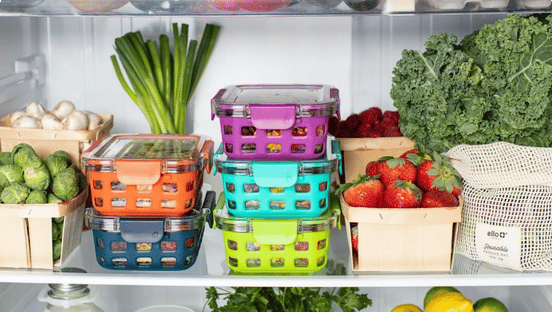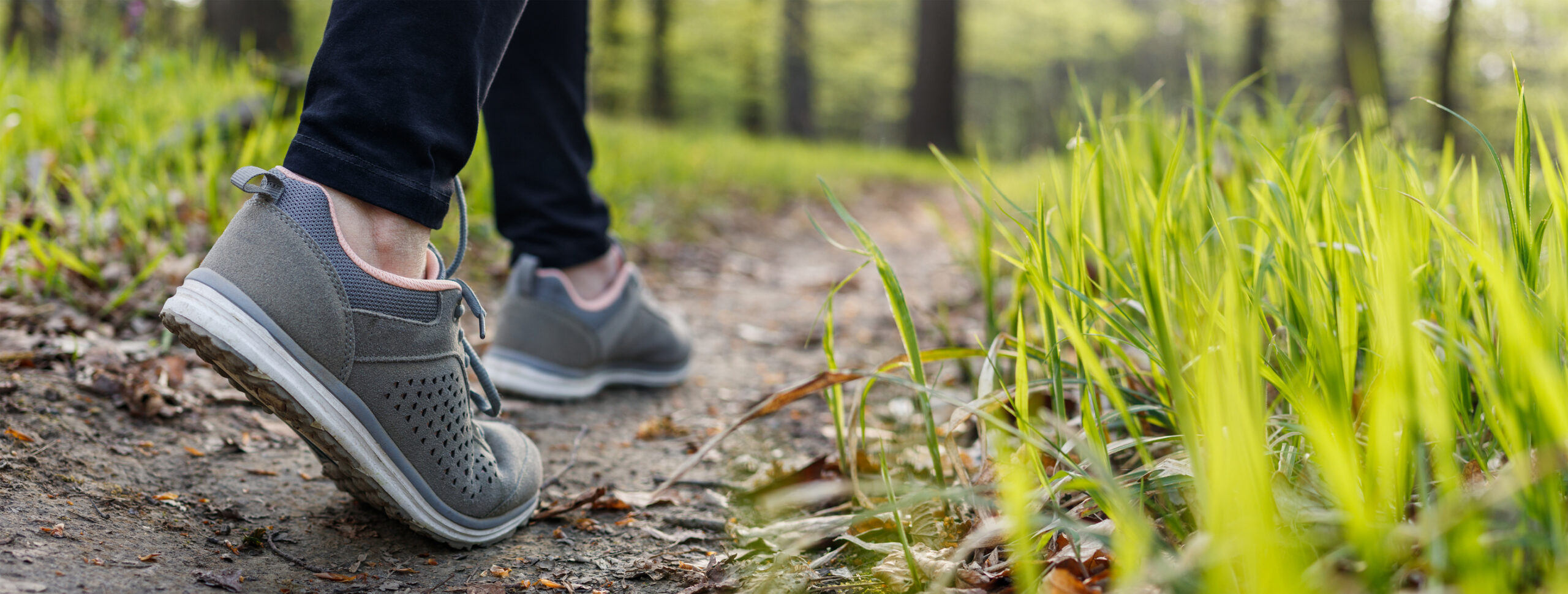When we’re trying to eat well on a budget, it can feel daunting. Special offers on highly processed, salty or sugary convenience foods are tempting. But, with a little bit of forethought, we really can eat well for less.
1. Fruit & veg
A variety of fresh, frozen and tinned fruit and veg can all count towards your 5-a-day. Tinned and frozen products can be stored longer than fresh ones, helping us to reduce waste and save money. Freezing preserves nutrients, making the produce extra beneficial. Watch out for added sugar in canned products, choosing those in water or juice over syrup.
When buying fresh fruit and veg, check if loose costs less than pre-packaged, it often does. Try to buy seasonal fruit & veg for the best savings. Local markets can provide great value and some supermarkets offer boxes of ‘wonky’ fruit and veg which are greatly discounted.
2. Pulses
These include all beans, peas and lentils, like baked beans, red/green/yellow/brown lentils, chickpeas, kidney beans and pinto beans. They’re a superb source of protein and fibre. They’re great for bulking out meals alongside vegetables. Inexpensive and filling, they can be used to substitute meat in curries and casseroles. One portion counts towards your 5-a-day. Bonus.
3. Meal planning
Planning according to best before and use-by dates avoids food waste and ultimately saves money. Also, supermarkets often have markdowns on perishables at the end of the day, which can be a good bargain and often can be popped in the freezer to use at a later date.
4. Alternative cuts of meat
Cheaper cuts of meat and fish can take longer to prepare or cook but are delicious. Braising steak, shin or shoulder are good value cuts of meat that, cooked low and slow, are very tasty. A whole chicken can provide great value with 2 breasts/thighs/drumsticks/wings and a carcass for making stock. This can be used as a nutritious base for soup, casseroles and risottos to name a few. Buying frozen fish is often cheaper. Oily fish which contain healthy omega 3 oils can be bought for under £1 in tins. Opt for fish in spring water rather than brine to reduce salt intake.
5. Your freezer is your friend
Freezing leftovers or foods you don’t use often can not only provide you with another delicious meal in the freezer, it can reduce food waste. Try storing remnants of cheese in a sealed container in the freezer. If you pop all leftover grated cheese, sliced cheese and block ends in, it soon adds up. You can then make yourself a lovely macaroni cheese. Yum. Also, did you know you can freeze milk? Some people who live alone (and rarely use a whole bottle before it goes off) have found it useful to freeze in ice cube trays, one popped in a cuppa cools it down a treat. Check out some more detail on safely storing food and leftovers.



